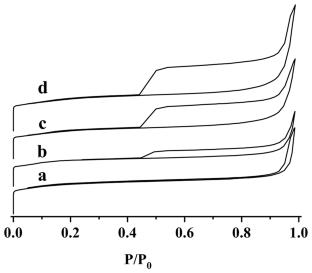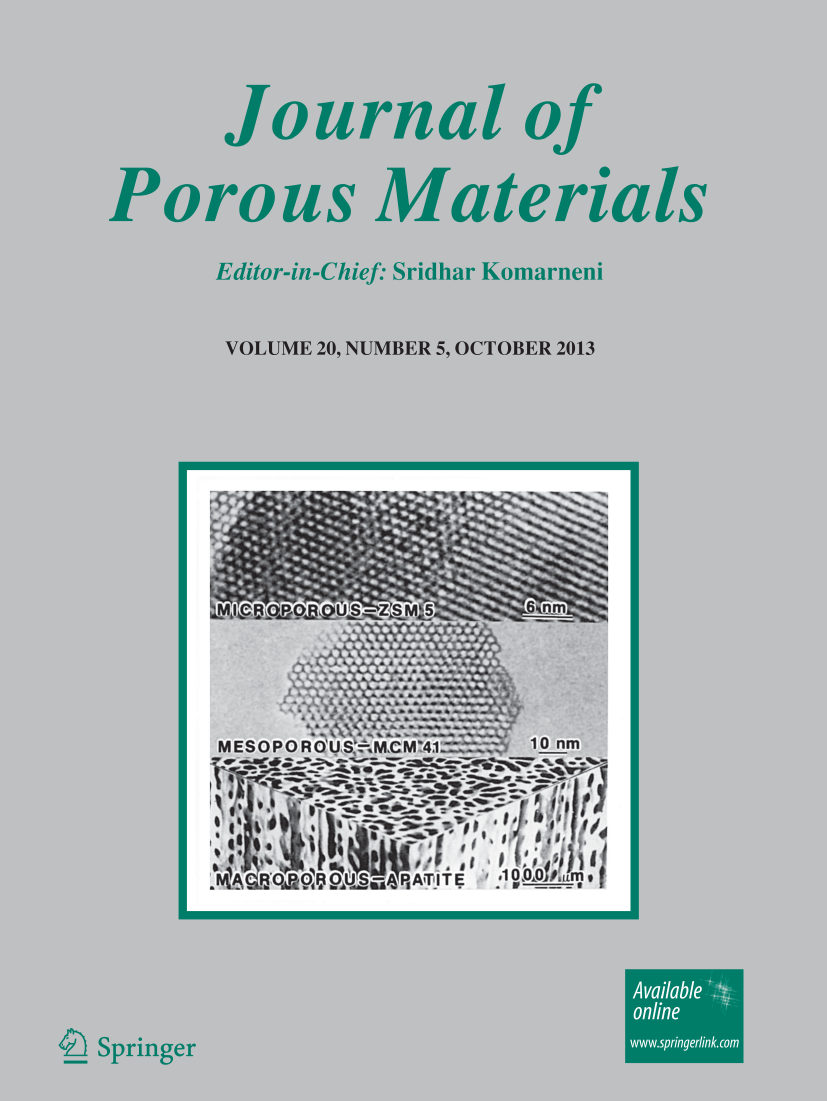The effect of post-treatment of TS-1 zeolite by tetrapropyl ammonium hydroxide aqueous solution under hydrothermal condition was studied in this work. The characterizations of structure, morphology and composition demonstrated that an open and hierarchical porous structure was generated in TS-1 zeolite after the post-treatment. With increasing the alkalinity of TPAOH solution, the hierarchical porosity and hydrophobicity increased and the framework Ti content decreased in the post-treated TS-1 zeolite. Both the pristine and post-treated TS-1 zeolites were employed as the catalysts for the reaction of phenol hydroxylation. It was found that the post-treated TS-1 zeolite possessed a higher catalytic performance than the pristine TS-1 zeolite. The larger the alkalinity of the post-treatment solution was, the higher the catalytic performance of the post-treated TS-1 zeolite was; however, a too high alkalinity of the post-treatment solution also led to the decline in the catalytic performance. This could be a result of the combined influences of the hierarchical porosity, hydrophobicity and framework Ti content on the catalytic performance. The higher levels of hierarchical porosity and hydrophobicity promoted but the lower level of framework Ti content inhibited the catalytic performance of TS-1 zeolite. Accordingly, the controlling to the alkalinity of TPAOH solution for the post-treatment was very important in respect of the catalytic performance of TS-1 zeolite.




